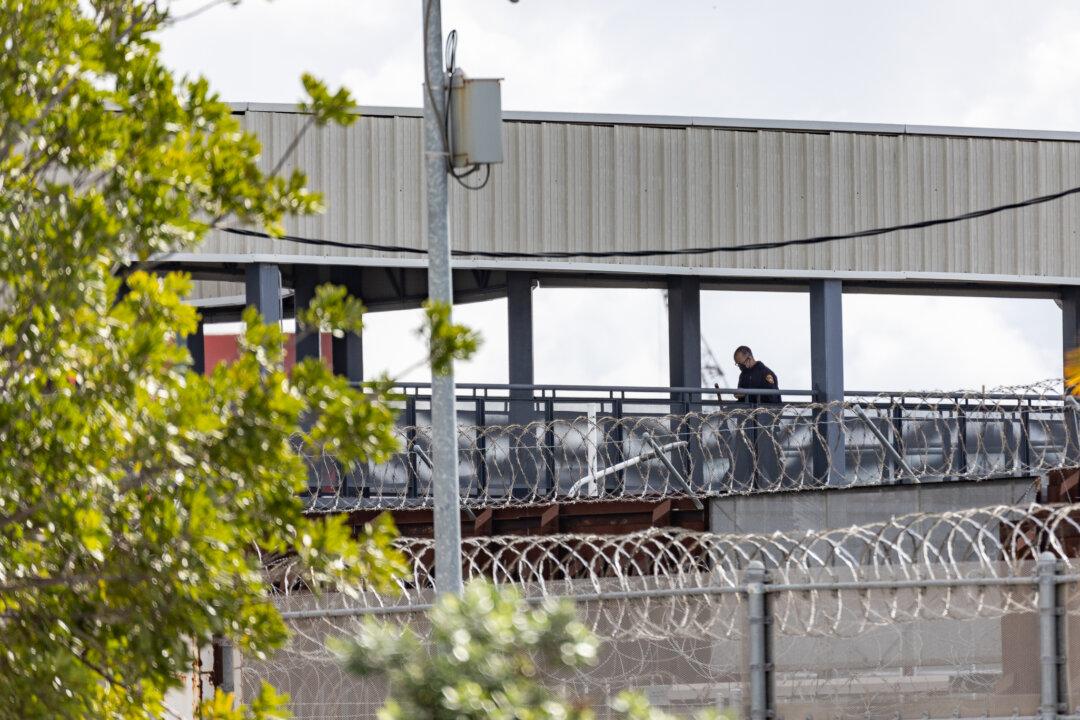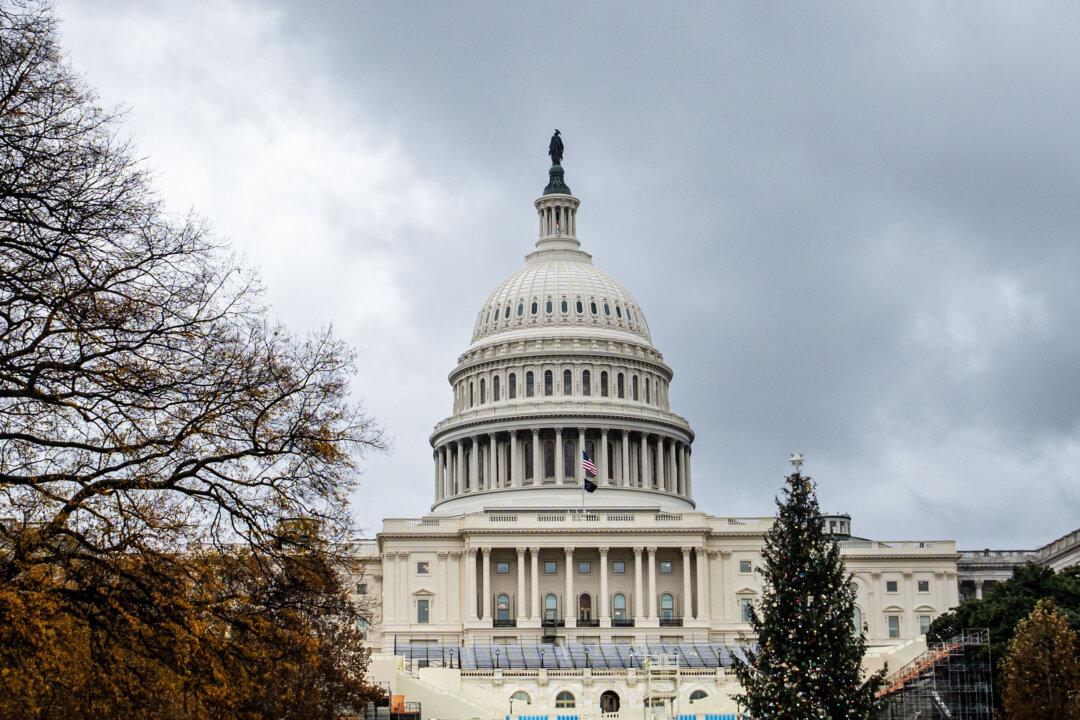Surging inflation has pushed gold prices to near five-month highs, with Credit Suisse analysts predicting a more sustained move higher that could see the haven metal attempt a breakout beyond its $2,075 record high.
Spot gold prices rose sharply on Nov. 3, the day Fed policymakers capped a two-day meeting by saying they would start tapering their massive asset-buying program but broadly continue “accommodative financial conditions,” and again on Nov. 10, the day the Labor Department released data showing year-over-year inflation in October running at a near 31-year high.
Credit Suisse analysts said they expect gold to continue its bullish tendency and test the June high of $1,917, with a breakout above that level adding "further weight to our view with resistance then seen next at $1,959/77 and eventually back to the $2,075 record high.”
While Fed officials have maintained that the current bout of inflation is “transitory” and will abate once supply-side dislocations are smoothed out, Fed Chair Jerome Powell said at a Nov. 3 press conference that the central bank’s idea of “transitory” has evolved as upward price pressures have turned out to be more persistent than previously thought.
“Really for us, what transitory has meant is that if something is transitory, it will not leave behind it permanently or very persistently higher inflation,” Powell said, adding that it is not yet time to raise interest rates as “there is still ground to cover” in terms of labor market recovery.
But with job openings near historic highs and the quits rate, which reflects worker confidence in being able to find a better job, at a record high, some economists believe it’s high time the Fed hit the brakes on easy money more forcefully.
“We’ve got to recognize our problem is not that not enough people have jobs,” Summers told the outlet. “The current problem is that we are pushing demand into the economy faster than supply can grow and that we are just going to get more and more inflation until we stop doing that,” he said.
“That’s the real problem,” he added.
Unless the Fed makes a significant change to policy or an “accident” delivers a major disruptive blow to the economy, it’s “quite unlikely” the rate of inflation will fall back to the central bank’s 2 percent target in the foreseeable future, Summers predicted.
The Fed has responded to surging prices by announcing a rollback in the pace of monthly asset-buys, one of the stimulus measures adopted in response to the pandemic crisis. At their most recent policy meeting at the beginning of November, Fed policymakers voted to taper their $120 billion in monthly asset-purchases—buying $10 billion less in Treasurys and $5 billion less in mortgage-backed securities each month.
Summers said that’s not fast enough.
“If they started by saying that they were going to stop immediately buying mortgages in the midst of a major housing bubble, that would be helpful,” he said, adding that surging housing prices have yet to be fully reflected in the headline inflation numbers.
“If they said they were going to stop growing their balance sheet and not reduce their balance sheet but just stop the process of growing it—if they were going to get that done in three months, rather than in eight, that would be helpful,” he said.
“I think the Fed has made a significant mistake in the approach that it’s taking by doubling down on the massive fiscal stimulus we had at the beginning of the year with really easy monetary policy,” Summers added.





